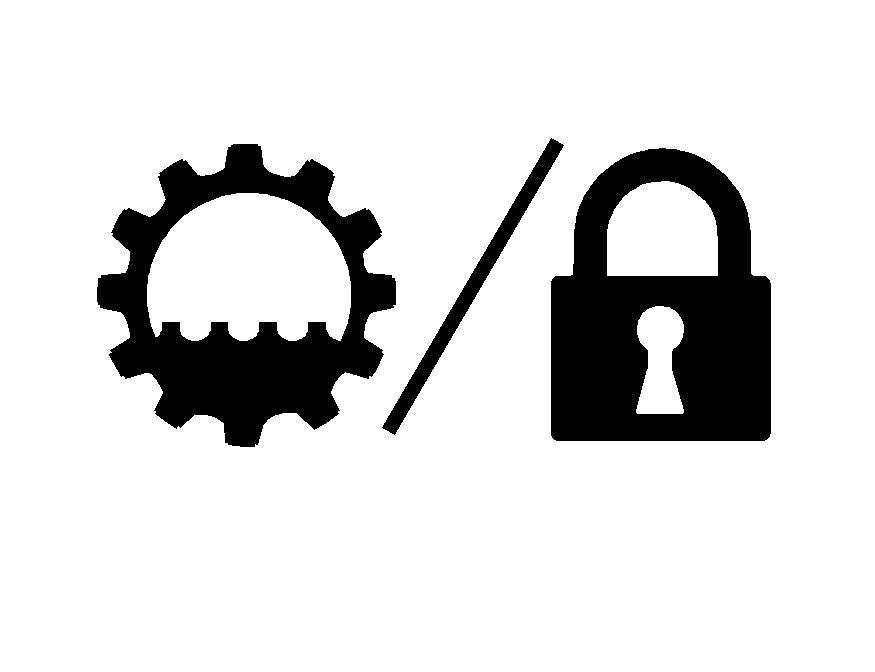When to Check and Change
A good time to check your automatic transmission fluid level is when the engine oil is changed.
Change both the fluid and filter every 50,000 miles (83 000 km) if the vehicle is mainly driven under one or more of these conditions:
| • | In heavy city traffic where the outside temperature regularly reaches 90°F (32°C) or higher. |
| • | In hilly or mountainous terrain. |
| • | When doing frequent trailer towing. |
| • | Uses such as found in taxi, police or delivery service. |
If you do not use your vehicle under any of these conditions, change the fluid and filter every 100,000 miles (166 000 km).
How to Check
Because this operation can be a little difficult, you may choose to have this done at the dealership service department.
If you do it yourself, be sure to follow all the instructions here, or you could get a false reading on the dipstick.
Notice: Too much or too little fluid can damage your transmission. Too much can mean that some of the fluid could come out and fall on hot engine parts or exhaust system parts, starting a fire. Too little fluid could cause the transmission to overheat. Be sure to get an accurate reading if you check your transmission fluid.
Wait at least 30 minutes before checking the transmission fluid level if you have been driving:
| • | When outside temperatures are above 90°F (32°C). |
| • | At high speed for quite a while. |
| • | In heavy traffic-especially in hot weather. |
| • | While pulling a trailer. |
To get the right reading, the fluid should be at normal operating temperature, which is 180°F to 200°F (82°C to 93°C).
Get the vehicle warmed up by driving about 15 miles (24 km) when outside temperatures are above 50°F (10°C). If it's colder than 50°F (10°C), drive the vehicle in THIRD (3) until the engine temperature gage moves and then remains steady for 10 minutes.
A cold fluid check can be made after the vehicle has been sitting for eight hours or more with the engine off, but this is used only as a reference. Let the engine run at idle for five minutes if outside temperatures are 50°F (10°C) or more. If it's colder than 50°F (10°C), you may have to idle the engine longer. Should the fluid level be low during this cold check, you must check the fluid hot before adding fluid. Checking the fluid hot will give you a more accurate reading of the fluid level.
Checking the Fluid Level
Prepare your vehicle as follows:
| • | Park your vehicle on a level place. Keep the engine running. |
| • | With the parking brake applied, place the shift lever in PARK (P). |
| • | With your foot on the brake pedal, move the shift lever through each gear range, pausing for about three seconds in each range. Then, position the shift lever in PARK (P). |
| • | Let the engine run at idle for three minutes or more. |
Then, without shutting off the engine, follow these steps:

The automatic transmission dipstick handle with the transmission and lock symbol is located in the engine compartment on the passenger's side of the vehicle.
See Engine Compartment Overview for more information on location.
- Flip the handle up and then pull out the dipstick and wipe it with a clean rag or paper towel.
- Push it back in all the way, wait three seconds and then pull it back out again. Check both sides of the dipstick, and read the lower level.
- If the fluid level is in the acceptable range, push the dipstick back in all the way; then flip the handle down to lock the dipstick in place.

How to Add Fluid
Refer to the Maintenance Schedule to determine what kind of transmission fluid to use. See Recommended Fluids and Lubricants .
Add fluid only after checking the transmission fluid while it is hot. (A cold check is used only as a reference.) If the fluid level is low, add only enough of the proper fluid to bring the level up to the HOT area for a hot check. It doesn't take much fluid, generally less than one pint (0.5 L). Don't overfill.
Notice: We recommend you use only fluid labeled DEXRON® -III, because fluid with that label is made especially for your automatic transmission. Damage caused by fluid other than DEXRON® -III is not covered by your new vehicle warranty.
| • | After adding fluid, recheck the fluid level as described under "How to Check". |
| • | When the correct fluid level is obtained, push the dipstick back in all the way; then flip the handle down to lock the dipstick in place. |
